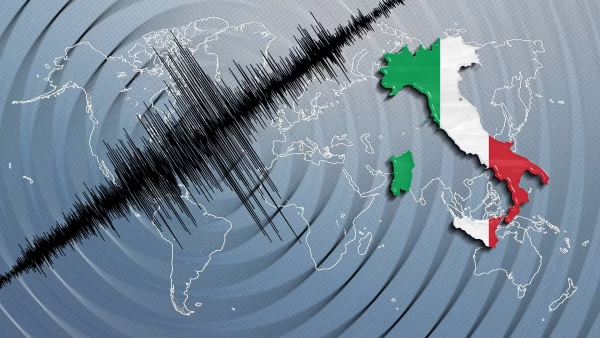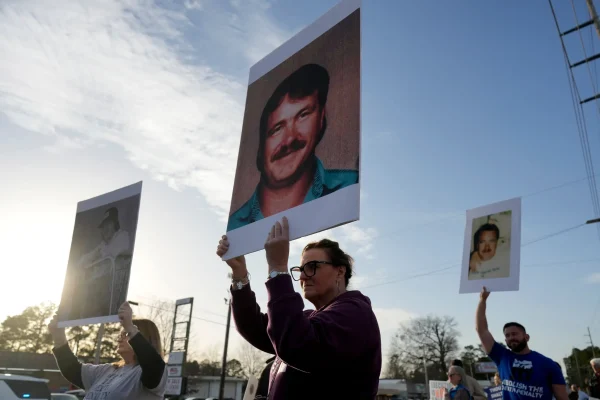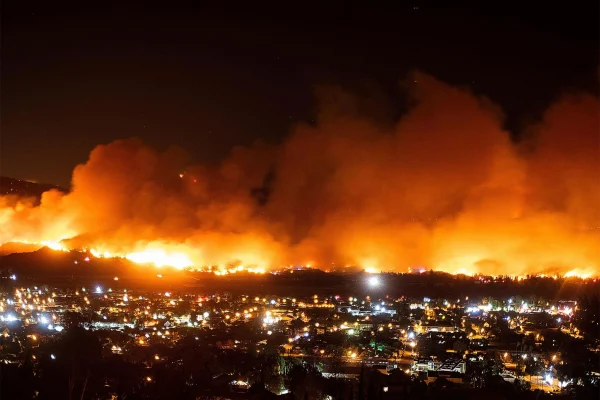The brink of war: The reasons behind the US and Iranian conflict
Iran and the U.S. are seemingly on the brink of war.
On December 31, 2019, Iran Militia members attacked the US embassy in Baghdad. They set fires in response to the American airstrike that killed members of an Iran-backed militia just a week prior.
Then, on January 3, 2020, the US retaliated by killing Iran’s top general. Qassem Soleimani was killed in the US’s drone strike and was just one of many who died.
On January 8, Iran launched missiles on US bases in Iraq but no casualties were reported. On the same morning, a Ukranian civilian plane crashed, taking off in Iran. A few days later, Iran admitted to shooting down the plane, saying that they thought it was an airstrike from the US.
But how did this all happen? Let’s take a look back.
In July of 1988, the U.S. shot down an Iranian civilian plane. All of the 290 passengers and crew died, and the US issued a formal apology, offering financial compensation for the victims’ families. This would start the escalation of events, eventually leading to where the nations are now.
To take a step further to isolate themselves from Iran, in 1995 the US decided to impose border sanctions and ban all trade with Iran. They had done this because the US claimed that Iran was sponsoring terrorist organizations, and the US would not trade with a nation doing so.
In 2002, President Bush called Iran an “axis of evil” and stated that they were actively pursuing weapons of “mass destruction” in one of his speeches. Iran responded negatively, their foreign minister saying that Bush’s comments were arrogant and interfering in internal affairs.
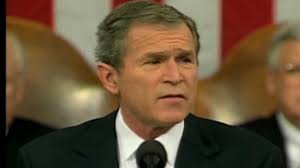
Iran then admitted to producing plutonium in 2003, but the agency said there was no sign of Iran making nuclear weapons. In response, Iran agreed to more thorough inspections from the UN.
Iran’s new president reached out to Bush in 2006. He wrote a letter, saying that he wished to end stress over Iran’s nuclear program. Instead of halting the nuclear program, Iran’s president defied the UN’s deadlines to shut it down.
In 2009, the Obama administration reached out to Iran’s leaders. They both agreed to talk about Iran’s nuclear program. Following this in 2010, the US and its allies further enforced the sanctions on Iran’s nuclear program.
In 2013, Iran’s newly-elected president received a call from Obama. In part of their discussion, they talked about Iran’s nuclear program. This had been the highest level of contact between Iran and the US since 1979.
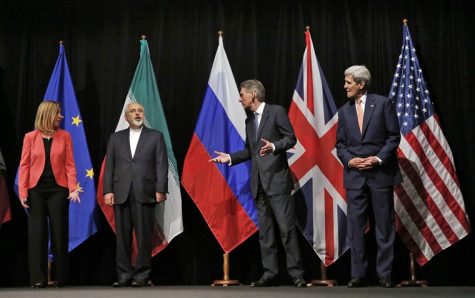
On July 14th, 2015, Iran and four other UN members announced a nuclear deal regarding Iran’s program. Iran agreed to limit Uranium enrichment and allowed inspectors to come into the country as long as the sanctions were lifted.
July 16, 2016 marks the date that the sanctions were lifted on Iran regarding their nuclear program as a part of the deal made a year prior. On the same day, the Obama administration issued new sanctions against 11 people and companies involved heavily with Iran’s ballistic missile program.
In 2017, the Trump administration renewed the sanctions that were a part of the Iran nuclear deal. A year later on May 8, the US withdrew completely from the nuclear deal and implemented a campaign trying to force Iran into a new deal.
In 2019, attacks on US oil tankers were blamed on Iran. In response, the US attempted to seize an Iranian oil tanker.
Over the course of four days in November of 2019, Iranians rioted over economic concerns. They disagree with oil prices, and an estimated 300 people died from government crackdowns on the protests. The Trump administration then sharply criticized the Iranian government for how the riots were handled.
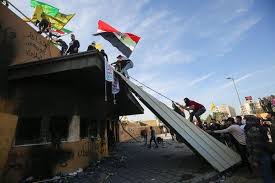
It was in the following month that the recent events began to unfold.
As of now, there has been no formal announcement from the US government regarding war. Civilians continue to wait in the midst for their governments to officially announce it, but as of now, only threats against both countries have been made. Both countries are waiting for an attack, but no action has been taken.
Credit to PBS News Hour for article information


